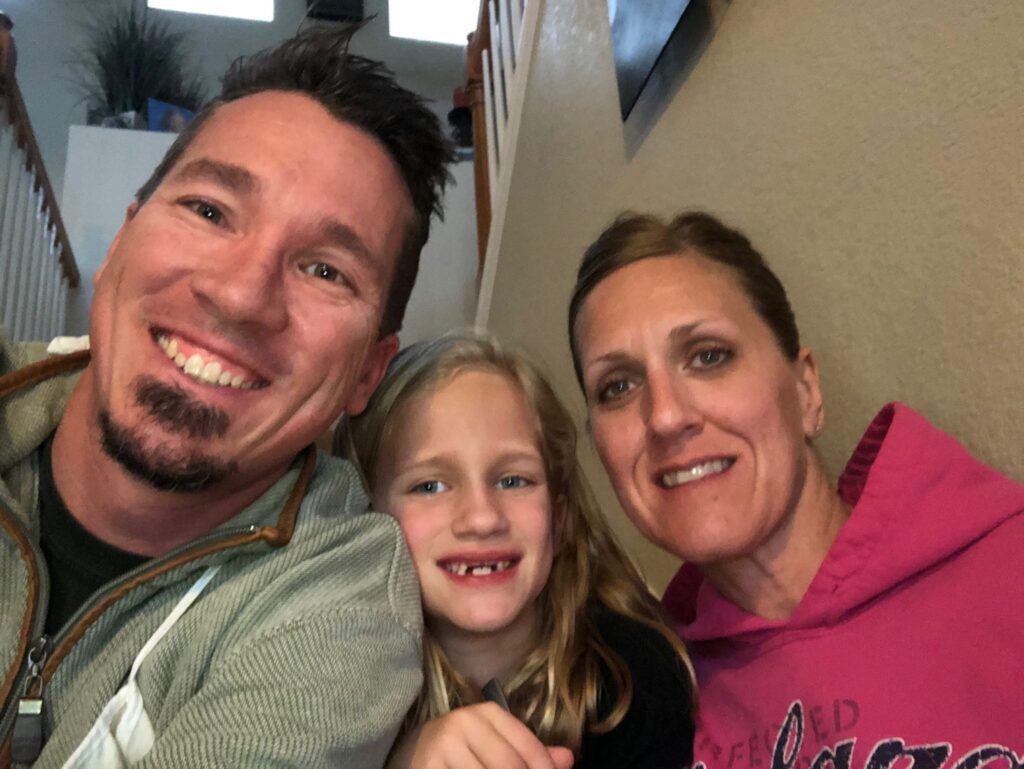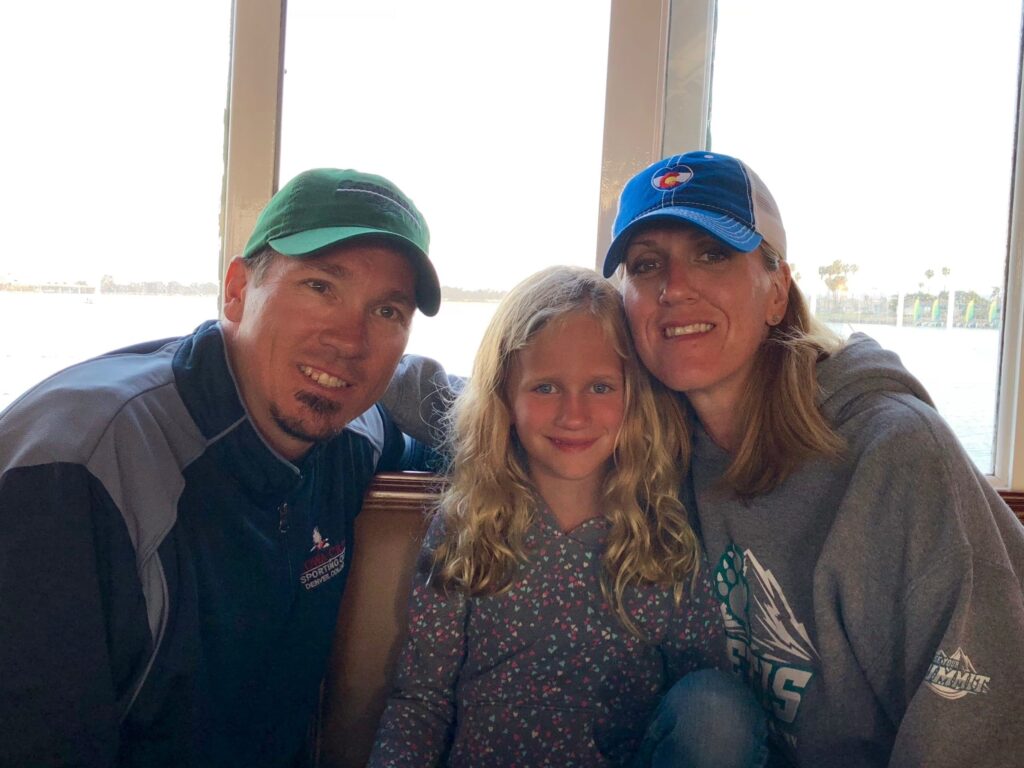As we come to the end of 2018 and prepare for the new year,lets stop for a moment and remember what’s important. We go about our daily lives and we are so focused on the things we do each day that sometimes we forget to remember what we’re doing and why. Whether you’re an executive on Wall Street, a construction worker on a project in Denver, or a janitor at the local high school, it’s important that we don’t forget the reason we do what we do. For each of us,that may be something different.

The two most important people in my life are the reason I do the things that I do. They’re the two that support me in my life decisions and make it all worth it. My wife and daughter are what is important to me. I’ll be the first to admit that I take them for granted, I am not always as appreciative as I should be for the sacrifices they make, I don’t always remember what is important. There are a lot of us out there that do this. We work long hours, we travel for days, weeks or even months at a time. Leaving them home to deal with the day to day chores that never stop even though we’re gone. When I’m home, I help, I do laundry and dishes. I read bed time stories to our daughter, I take out the trash. I also can take off with little notice at all. My wife has always been supportive of what I do and how I operate. For me, work has and will always be important to me. I love what I do and wouldn’t change it for anything. I enjoy the daily challenges, I have fun with the people I meet in classes, and I love helping companies move to the next level with their safety.
That’s why I try to remember and say thank you and I love you. Not just during the holidays, but all year.
I get wrapped up in the day to day of my work. I get up before the sun and can at times work after it has set. People that know me, know that it’s not uncommon for me to be up at 1 am working on something. It may be the next proposal that needs to go out, or the presentation I’m doing later in the week, I am probably working on it while the others in my house sleep. They know that at any point during the night, they can find me in my office or somewhere else in the house doing my thing. Having a family that not only understands that but can appreciate it is important. My routines are not always easy on my family. The hours I keep, the traveling, the focus I put elsewhere. That’s why I try to remember and say thank you and I love you. Not just during the holidays, but all year. I want them to know that I wouldn’t be able to do what I do, if I didn’t have their support and understanding.

As a safety professional, I stress to the people I work with why it’s important for them to do what they do safely. Reminding them that they have people in their lives that expect them to come home each day. When they sit through a class I teach, or when we talk on a job that I’m visiting, I always try to help them remember that safety isn’t only for their benefit, but also for the loved ones in their lives. My job isn’t necessarily dangerous, not in the same way as being an iron worker or a glazier or any of the other countless trades on a job site. But I still need to stop and remember why I do what I do and remember the people in my life that are important.
As we finish December, look around you and at the people that are in your lives. Thank them for being there for you and supporting you each day. Then try and take that into 2019 and not wait until next December. The people in our life that we love should hear it more often than during the holidays. When you have a good day at work and don’t get hurt, remember it then. If you see something at work that could have been serious, remember it then. Have a safe day and a great rest of 2018. From my family to yours, thank you.
